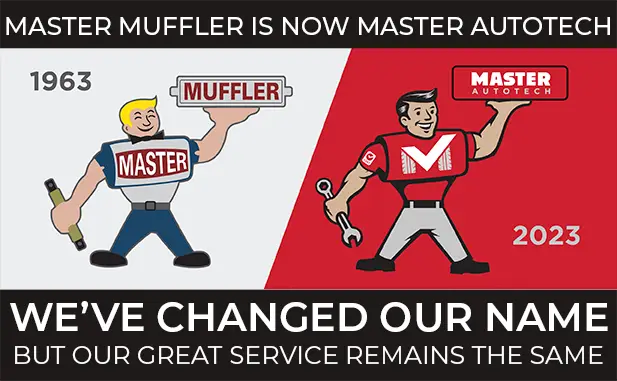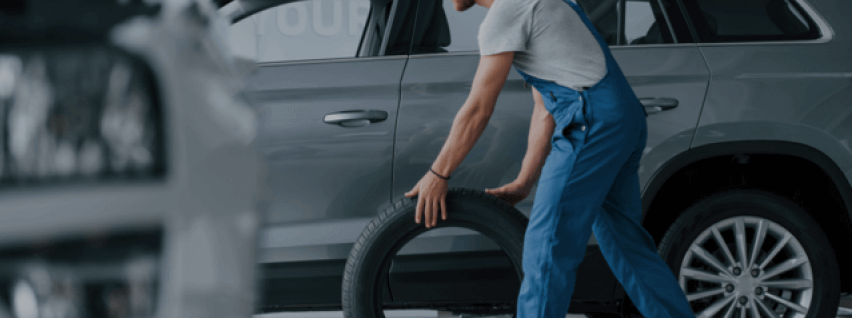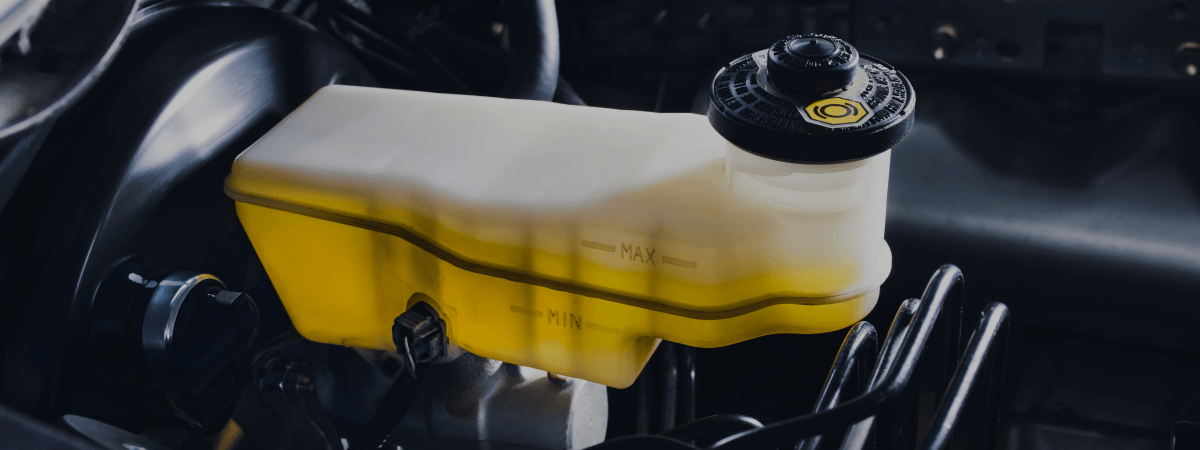
There is probably no figure better associated with batteries, as a concept and as a product, than the little Energizer bunny that bangs on the bass drum as it waddles along. The slogan, forever tied to the mascot, was just as famous: “he keeps going and going…” What was the association that Energizer wanted the consumer to have with their batteries? That whatever was being powered by them would last longer and necessitate fewer replacement purchases.
Of course, the big question that was never answered in those ads was “how did the batteries last so long?” In many ways, the true purpose of batteries has been somewhat shoehorned into a single category — providing power to a dead electronic device — without fully acknowledging the other part of their design; the “how” of the ever-marching bunny.
The Purpose of Batteries
Products like double-A or triple-A batteries are, in many ways, the sole instigators for this lack of understanding. This is because they are relatively cheap to replace — when they die, you buy new ones and swap them without thinking. This transaction almost makes them seem like generators, producing the electricity by which the flashlight or the radio works.
Car batteries, too, have this reputation. Without them, the car’s various systems can’t run. This is why it is critical to have a South Salt Lake car repair professional check it often, to ensure it’s running optimally. The reality is, however, that batteries aren’t merely devices that give power away; they’re storage units, whose worth is reflected in how well they conserve power and efficiently make it available.
After all, any battery could make the bunny go but only the most efficient batteries could keep it going and going.
How It Works
To hone in on how a battery works — whether it be a standard battery or one that you would bring to Master Muffler to be maintained by a car repair technician — we can sum up its process in a few general points:
- Electrons travel from one electrode to another.
- This flow of electrons generates electricity.
- The battery also houses charged ions that balance out the electrons.
- Both the electrons and ion particles travel in an electrolyte substance housed in the body of the battery.
If this short list seems somewhat simple, that’s because it is! To be sure, battery technology is getting more sophisticated all the time and the quality of the electrolyte solution or the material of the electrodes will determine much of the minutiae of a battery, such as the voltage type or how good the unit is at receiving and storing a charge.
For those who are interested, however, the electrochemical process that occurs in every battery can be replicated at home with common household items.
The Car Battery
For auto enthusiasts and car repair professionals alike, however, there is one battery that will rule them all: the car battery. While the car battery still follows the same basic principles of electrochemistry, the design and application are naturally more complex.
Car batteries are what are known within the industry as “SLI units,” that is Starting, Lighting, and Ignition. This means that the main purpose of the battery is to offer enough power to start a cold engine; once running, the burden of keeping the car powered shifts to the alternator.
Knowing what we know about ions, electrons, and electrolytes, let’s take a look at how a car battery operates:
- A car battery is made up of cells with each cell housing two plates — a lead plate and a lead dioxide plate.
- The battery is full of sulphuric acid (the electrolyte solution) that causes a chemical reaction when touching the two plates.
- Ions are formed from the lead dioxide plate which then crash into the other part of the cell, producing (among other things) hydrogen.
- All the resulting elements form electrons that bounce between the two plates, generating electricity.
Jumping a Dead Battery
One thing which our South Salt Lake car repair center will do when examining the quality of your car battery is reverse-engineering the process listed above to restore the battery’s cells. You can do this too, for that matter; it’s called jumping the battery.
- Connect the car battery to a second car’s battery (or another power source) with electrical clamps and cables.
- The red “Positive” clamps attach to the positive electrodes on both batteries.
- One of the black “Negative” clamps attaches to the working battery while the other clamp is grounded on a metal surface of the car.
- Turn on the working vehicle and let the battery charge the other.
- After a while, try starting the dead car.
By feeding electricity into the battery, the electron elements will begin to attach back to the plates in the cells. These “rejuvenated” plates will be ready to generate electrons again once the ignition turns again.
If you have questions about whether your battery needs to be replaced, drop by our South Salt Lake car repair center for the best information on batteries you’ll find anywhere.
Related Posts
Key Takeaways On average, passenger vehicle tires last 40,000 to 60,000 miles, depending on type, driving habits, and maintenance. Replace tires when tread depth reaches 2/32”, if damaged, or older than 10 years. Regular rotation, alignment, and proper inflation extend tire life. Aggressive driving, poor roads, and harsh weather shorten tire lifespan. Take advantage [...]
When you think about car maintenance, you probably focus on oil changes, tire rotations, and maybe even brake pad replacement. But what about your brake fluid? If you’ve ever wondered, “What does brake fluid do?” or “Why is brake fluid important?”, you’re not alone. Brake fluid might not be the most talked-about part of [...]
Is that high-pitched squeal from your brakes driving you—and everyone else—crazy? Don’t ignore it. Squeaky brakes aren’t just annoying, they’re your car’s way of saying something needs attention. Whether you're cruising through Salt Lake City or winding up Idaho’s mountain passes, here’s what’s likely going on, how you can fix it, and when it [...]





